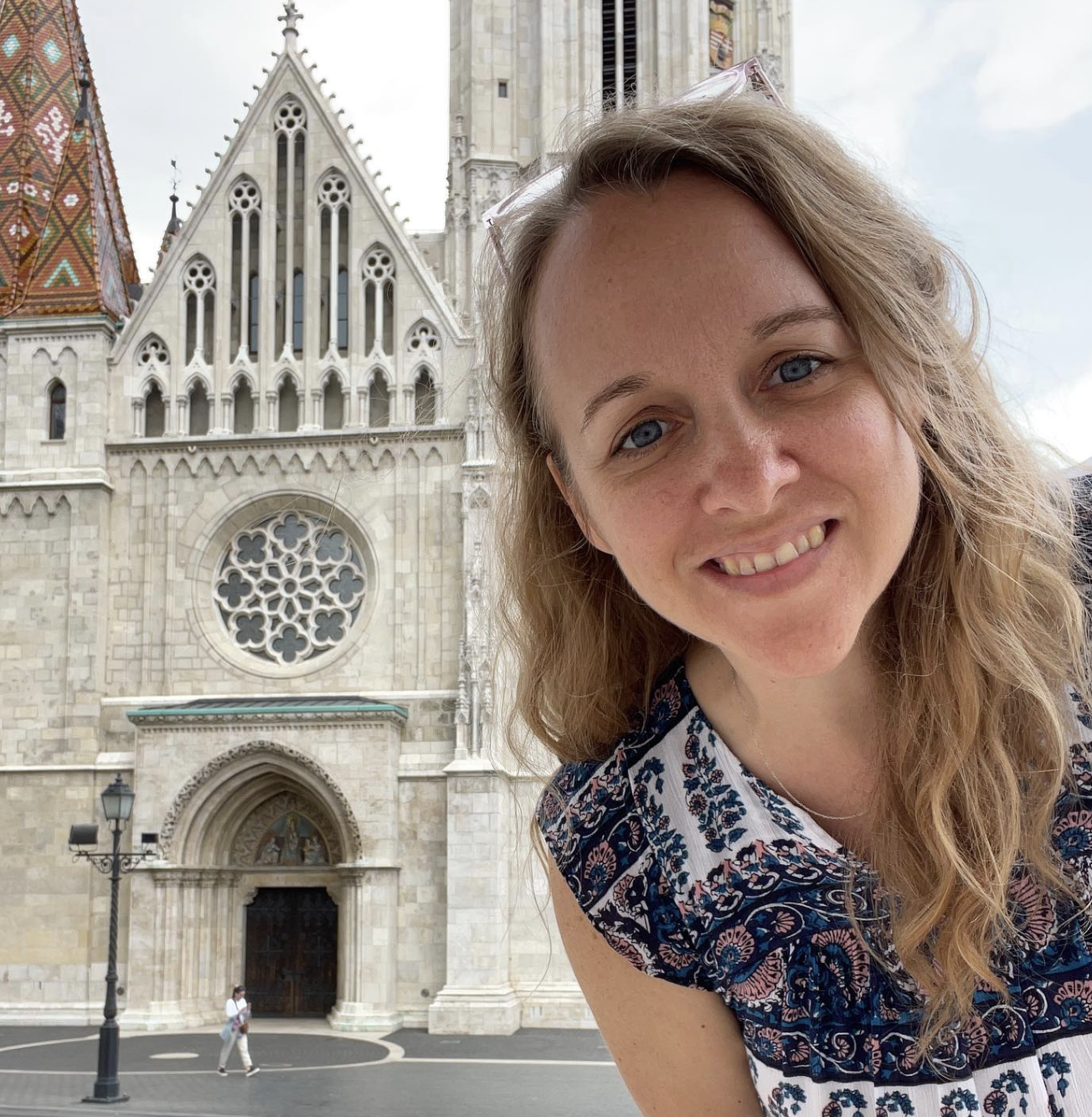Abolfazl Hashemi received the B.Sc. degree in Electrical Engineering from the Sharif University of Technology, Iran, in July 2014, and the M.S.E. and Ph.D. degrees in Electrical and Computer Engineering from the University of Texas at Austin, USA, in May 2016 and August 2020, respectively. From August 2020 to August 2021 he was a Postdoctoral Scholar at the Oden Institute for Computational Engineering and Sciences at the University of Texas at Austin. Since August 2021, he has been an Assistant Professor at the Elmore Family School of Electrical and Computer Engineering at Purdue University. Abolfazl was the 2019 Schmidt Science Fellows Award nominee from UT Austin, the recipient of the Iranian National Elite Foundation Fellowship, and a Best Student Paper Award finalist at the 2018 American Control Conference. His research interests include optimization for machine learning, signal processing, and control.







